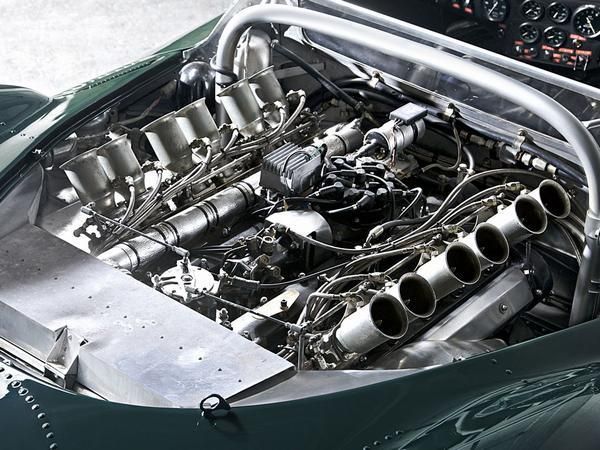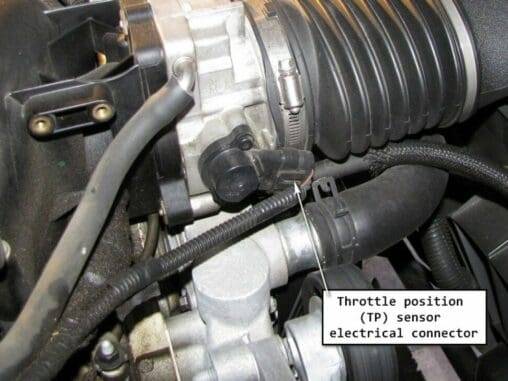Fast Eddie
VIP MEMBER
- Joined
- Oct 4, 2013
- Messages
- 21,930
What I meant was, there’s no feedback, no correction. It injects what it’s set to.
Seems it would need some type of control for rpm and timining/duration of injection pulses? I assume these were common rail type injectors, not direct to compression chamber? Still would require some controls I'd expect.What I meant was, there’s no feedback, no correction. It injects what it’s set to.
Which one do you have? How about a review in the RE section? I'm sure plenty people would be interested.I have a 650 Royal Enfield, I understand fuel delivery but totally ignorant to the electronic part. Early stuff partially ran off the tach cable, newer stuff had pulses from the distributer and the NEWEST stuff reads pulses from the crank.. It would be great to find a wrecked Royal Enfield for working parts, we will have to keep our eyes open for one. Are you listening Tony A?? And NO I'm not tearing my bike apart to experiment! LOL
Bosch K Jetronic. Continuous injection controlled by a mechanical airflow sensor connected to a fuel distributor which adjusts fuel flow. Used on Volvo, Volkswagen etc back in the 70s.Seems it would need some type of control for rpm and timining/duration of injection pulses? I assume these were common rail type injectors, not direct to compression chamber? Still would require some controls I'd expect.
They were mechanically timed to the crank so the injection events were just before the inlet valve opened, the amount injected was determined by the throttle opening. So at its most basic not much forward from a carb unless you were rolling over into a dive and your carb float got all confusedSo how did early types function before there were micro computers to sense pressures, temps, O2 levels and control injection?

So for a classic bike, would a mechanical feedback system for FI be worth the simplicty?They were mechanically timed to the crank so the injection events were just before the inlet valve opened, the amount injected was determined by the throttle opening. So at its most basic not much forward from a carb unless you were rolling over into a dive and your carb float got all confused

What is mechanical fuel injection? PH Explains
Explore the basics of the predecessor to electronic fuel injectionwww.pistonheads.com
Things progressed as sensors and other bits and pieces were added.
Does one exist for a twin cylinder ? not sure one was ever made, unless you take one with a single injector firing into the branched manifold and blank off 2 of the 4 cylinders. Even if it was then I would have thought a modern ECU would still be the way to go as the parts are much cheaper and the software for custom install exists.So for a classic bike, would a mechanical feedback system for FI be worth the simplicity?
IMHO no.So for a classic bike, would a mechanical feedback system for FI be worth the simplicty?

I'm in agreement. The bragging rights are all fine and good, and I chased that idea for awhile. But I'm fairly happy with the bike I built, oversize intake conversion a'la Mr Comstock, WEB 312 cam, balanced crank with Carillo's, 10.1 CR, and bolted to a lowly set of Amal 32's. She goes like stink for a road bike. But is still very streetable and smooth. A set of Keihin's was on my list but honestly, at this point I doubt I'll pursue them.Absolutely agree.
Plus a race cam, raised CR, and ideally a 920 conversion....
There must be loads of cheap discarded parts from the moden Nortons available out there- ha ha ha! ........So for a classic bike, would a mechanical feedback system for FI be worth the simplicty?
I disagree.IMHO no.
Mechanical injection is crude and I would suggest that modern carbs like the FCRs are far superior.
Who was behind the system on Triumph cars, Berhard??Good job it is not Lucas fuel injection, in which they dabbled their feet in making one for a Maserati car, they never made one again.
I disagree.
The Bosch inline fuel injection pumps are absolute marvels of engineering.
Like used on Messerschmitt, many Mercedes 6 cyl. and V8, Porsche racing cars..
They compensate for rpm, temperature, air pressure, altitude..
Drawback is they are very complex and expensive.
I still have several lying around.
Now, if only I could reproduce the 3-dimensional cam..

